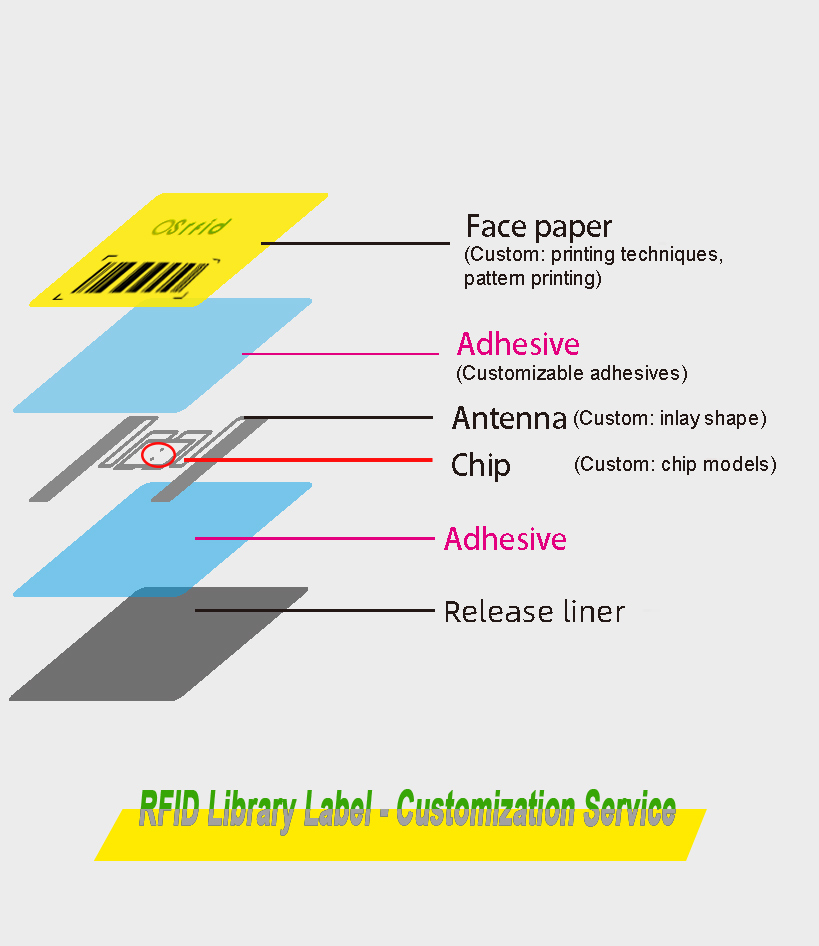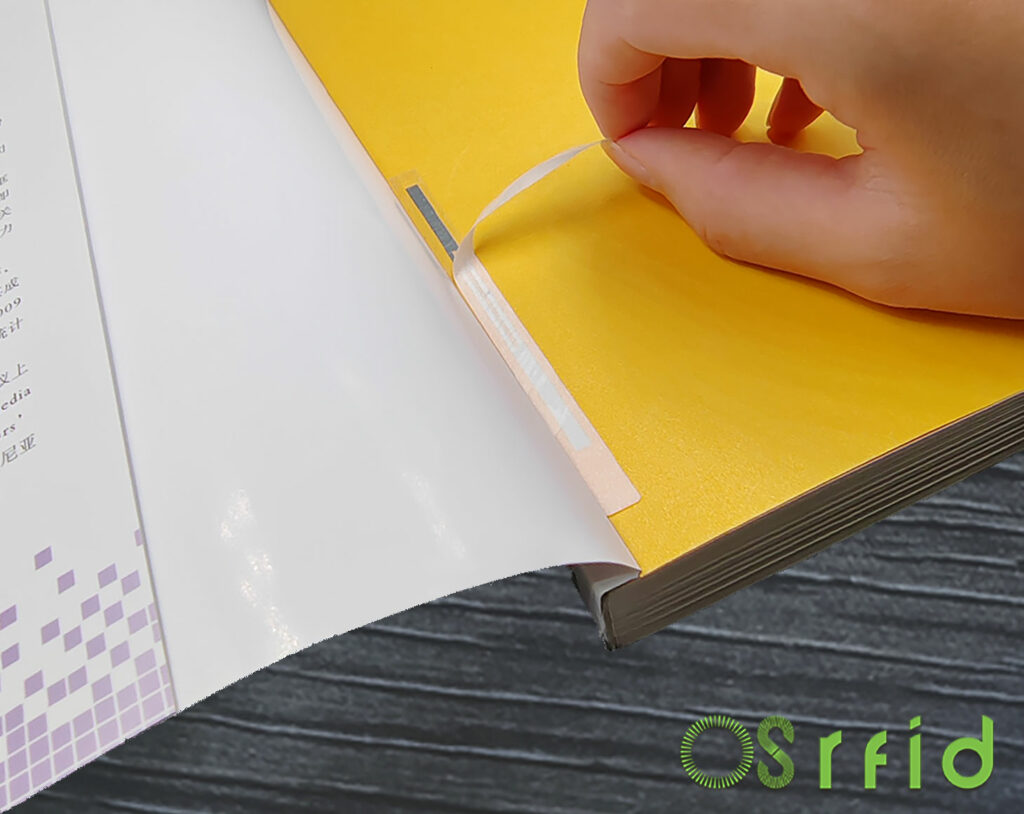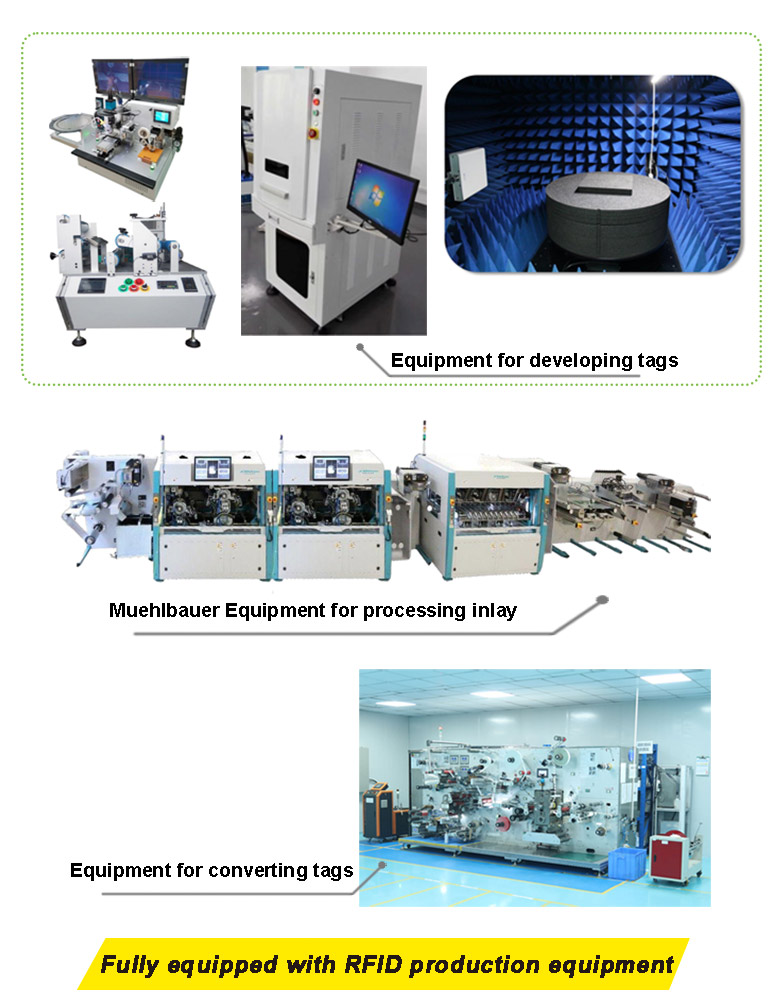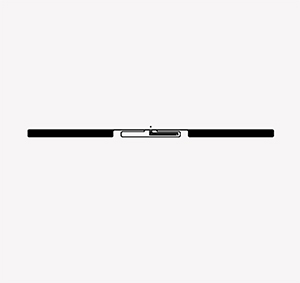I. Why RFID for library?
- – What benefits RFID brings to library:
- – Reduce obstacle with technology
- – Improve books&documents stock visibility
- – Reduce labour cost
- – Improve the shelving speed and simplify self check-in/check-out
- – Accuracy of circulation and shelving functions
- – Theft prevention
- – Improve visitor experience
II. Hot-sell Library tag
OSRFID could provide a complete range of tags for item tracking and data capture including both HF&UHF Library tags which are suitable for all media like books, documents, files, CDs and DVDs. These Library Tags OSRFID developed are special designed for books, documents and files, and enable efficient tracking and monitoring of these items. The antenna inside the tags are optimized to get a perfect performance when the tags are applied in books, documents, files, etc.
[ Tips ]
OSRFID is a Chinese manufacturer with over 20 years of experience in the RFID industry, specializing in R&D of RFID inlays and tags. Our RFID labels have been exported to the world.
To explore more about our products, please download the lists below or contact us.
III. Customization Services for RFID Book Labels
- • ISO support for book tags: ISO 15693, ISO 18000-3 Mode 1, ISO 18000-3 Mode 2
- • Customizable chip models: ICODE SLIX/SLIX2, FM13HF01N TS, H-EC, UCODE 9xe, Monza R6-P, MIFARE Classic, Higgs 3, ST25TA, etc.
- • Customizable tag frequency: customizable ETSI(European frequency), FCC(American frequency),HF, NFC, UHF
- • Customizable tag shape: circular, square, rectangular, strip, etc. • Customizable INLAY shape: different INLAY shapes can affect RF performance, please consult RFID experts to get answers.
- • Customizable materials: PET (polyester film), PVC (polyvinyl chloride), PP (polypropylene), Paper
- • Customizable adhesives: acrylic emulsion, hot melt adhesive, coating adhesive, adhesive coating
- • Customizable printing patterns and colors on the tag surface
- • Customizable printing techniques: thermal transfer printing, digital printing, inkjet printing, laser printing, position printing
- • Other customizable additional functions: Barcodes, variable data, serialization, etc.
- • Inlay can be designed into your logo shape for branding and marketing purposes.
- • The initial flag AFI 01 of the library tag can be changed to AFI 07.

VI. Trends in Barcode/Magnetic Stripe/RFID Library Labels
Traditional library management uses magnetic stripes and barcodes for security and identification. Despite being cost-effective compared to RFID, they come with significant limitations:
- 1.Low automation, making book search and sorting difficult.
2.Time-consuming inventory checks and high labor intensity.
3.Limited service hours, hindering full library potential.
4.Inefficient barcode scanning during lending.
V. Benefits of RFID Systems
1. RFID works alongside existing systems, eliminating the need to remove magnetic stripes or barcodes. This reduces effort and minimizes damage.
2. UHF RFID tags allow multiple books to be borrowed or returned simultaneously, boosting efficiency.
3. The application of UHF RFID technology allows unmanned libraries to become possible, and libraries can be open 24 hours a day in a real sense. There are also self-service reading rooms, self-service libraries, outdoor self-borrowing bookcases and so on.
4. As technology spreads, RFID costs have decreased a lot, and the operation is easier. Smarter libraries are the future.
August is OSRFID’s Library Tag Promotion Month. Contact us for quote and support.

VI. Why Choose OSRFID?
- – Provide over 1000 Millions RFID labels each year
- – Offer custom designs of RFID tags on demand
- – Over 20 years RFID industry experience with in
- – House strong R&D capabilities
- – Well equipped 6000 SQM dust-free workshop
- – Professional RFID healthcare solutions brand
VII. Fully Equipped with RFID Production Equipment

VIII. Applications of library tag
1.Background
Nowadays,RFID is commonly used in libraries worldwide. More and more libraries and publishers announced their intent to integrate RFID technology.It can help automate complexity and unleash the library full potential.
RFID for library is a technology which replaces barcodes for item level tracking. Compared to barcodes, RFID can speed the process of multiple items without line of sight and provides item-leven security.
There are 2 frequency bands for RFID tags-UHF and HF. HF frequency band is 13.56MHz with ISO 15693 protocol with less than 1M read range which allows for accurate item processing. UHF frequency band which also known as RAINRFID is 860-960MHz. UHF tags read range can be up to 8 meters which allows fast inventory tracking. You can choose UHF or HF based on the requirement.
2.How RFID Library works?
RFID Library System will include tags, readers& software.
Books are tagged with OSRFID library tags. When library tags come near to the reader, it will provide power to the library tags to get the data from the RFID tags to enable a automotive checking in&out or inventory tracking on shelves. When an item passed the gate reader, it will be alerted whether it has been checked out.








